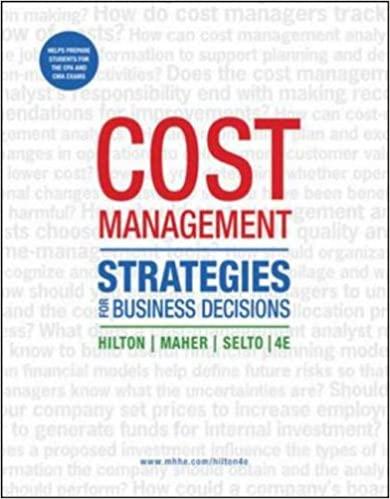Answered step by step
Verified Expert Solution
Question
1 Approved Answer
Read the attached article from Wall Street Journal looking at some companies' competing understandings of addressing climate change, then answer the following questions: Why do











Read the attached article from Wall Street Journal looking at some companies' competing understandings of "addressing climate change", then answer the following questions:
- Why do you think companies differ in their understanding of an issue like climate change?
- What would you recommend to get companies all on the same page in this regard?
- How do you feel about the use of "carbon offsets" for companies to meet their environmental goals? In your opinion, do carbon offsets actually help solve the problem of climate change or do they not go far enough?











Step by Step Solution
There are 3 Steps involved in it
Step: 1

Get Instant Access to Expert-Tailored Solutions
See step-by-step solutions with expert insights and AI powered tools for academic success
Step: 2

Step: 3

Ace Your Homework with AI
Get the answers you need in no time with our AI-driven, step-by-step assistance
Get Started


